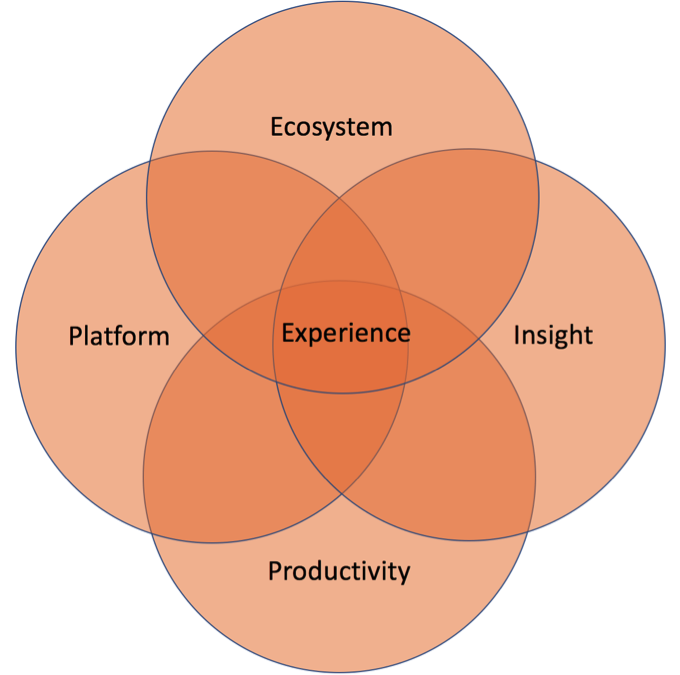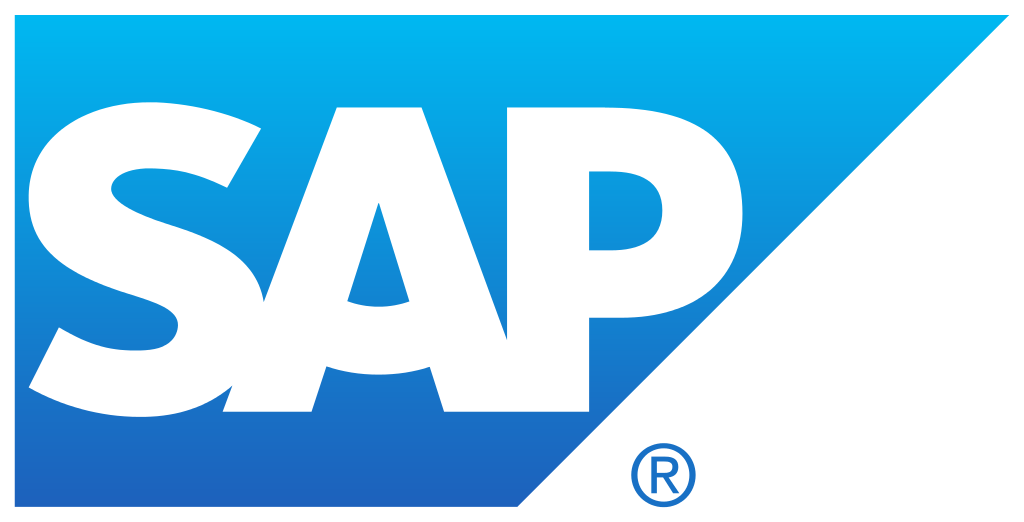
by twieberneit | Mar 2, 2020 | Analysis, Blog |
End of January Zoho held its 2020 Zoho Days, an analyst summit, which I was happy to attend, along with more than 60 colleagues, as the only analyst from Germany, as it seems. Sadly, it took me quite a while to complete this – Zoho deserves a faster commentare. But hey, let’s look forward and get rolling. Zoho is a privately owned enterprise software company that has quietly evolved from a small software company in 1996 to an ambitious global player that serves the SMB- and enterprise CRM market with cloud applications. The company has a set of 45+ business apps with more than 50 million users, 10 data centres and counting, and is available in 180 countries. The company is profitable and maintained a CAGR of more than 30 percent over the past five years. But why quietly? Because Zoho managed its growth pretty unusually (almost) fully organically with only very minor acquisitions. Crunchbase lists one. Following this unique approach, which defies the traditional law of going big fast, the company managed to build a solid platform with a unified data model that allows it to crank out amazing software at an incredible speed, and with a track record of growth that is well in the double digits. Zoho offers a suite of business, collaboration, and productivity applications, supported by development environments, services and infrastructure. Besides CRM, the applications cover a good part of the value chain, including some ERP type of applications, like order management, warehouse management, or billing and project management, HR and accounting. These apps are built upon a services oriented soft- and hardware stack...

by twieberneit | Dec 2, 2019 | Blog |
After having covered some press releases about new releases and commenting some interesting organizational changes it is time to have a look at another topic – the need for consistency in a suite of cloud products. Consistency not only in the most obvious part of a family of products and solutions – the user interface – but the more important aspect of consistency, namely the data model. If you wonder how this relates to customer experience I invite you to read on. This post is actually spurred by a brief conversation that I had with Jon Reed of Diginomica about this very topic during one of the recent CRM Playaz episodes. Btw, if you do not yet listen in to the LinkedIn conversations of CRM Playaz Paul Greenberg and Brent Leary, discussing important developments and current events in the world of CRM – then you should. Really! But I digress. Back to the topic. The question is about whether it is necessary to have a unique data model or not. And this question might be answered differently, based upon the definition of ‘data model’. There is no doubt that a unique data model across applications is very helpful, actually a necessity. Where there is doubt, is whether this data model needs to be defined on database level or not in order to be really helpful. My point of view is that it does not need to be defined on database level. This point of view might be contradicting some ‘common sense’ wisdom and the strategy that some very successful companies are pursuing, including Oracle – as it seems –...

by twieberneit | Sep 11, 2018 | Blog |
More Food for Thought In the last article Clash of Titans – Microsoft and SAP weigh in of this little series, I discussed the strategy of two of the big four and how they are positioned in the platform play of the business software titans – and others. This article covers the other two: Oracle and Salesforce. These business software vendors are competing in a market that is changing – commoditizing – at a fast rate towards an experience market, and probably beyond, if I follow the argumentation and thoughs of CRM godfather and friend Paul Greenberg. Business application vendors can stay really successful only if they morph into platform players. And this platform is more than just a technology platform, but encompasses four dimensions. The four dimensions that are paramount to be able to deliver great engagements that result in lasting positive experiences are Platform (IaaS/PaaS) Ecosystem Insight Productivity In this article I look at Oracle and Salesforce and how they position themselves in this game of thrones. But now, without further ado, let’s dig into the topic. Oracle Since the launch of what originally was project Fusion and now is Oracle CX, the company has done a remarkable pivot from being an on premise company to becoming a cloud company. The company has its strength in being a full stack provider with a full range of business applications. However, its main strenght is owning the gold standard database engine that runs the majority of business workloads worldwide. From its overall technological profile one could position Oracle somewhere between SAP and Microsoft as it with Open Office also...

by twieberneit | Feb 1, 2018 | Analysis, Blog |
The News On January 30, 2018 SAP announced that its subsidiary SAP America, Inc. has entered into an agreement to acquire Callidus Software Inc., a leader in sales performance management and CPQ software. With a price tag of around $2.4 bn this is the most expensive acquisition SAP has announced in quite a time. With this acquisition SAP gets closer to the target of assembling the “most complete and differentiated portfolio to manage today’s customer experience” and claims that the combination of the CallidusCloud Lead to Money suite in combination with its own (Hybris) customer engagement suite creates a “leading solution portfolio”. SAP intends to consolidate the CallidusCloud solution set into its Hybris portfolio, with the sales cloud being the technical integration point of the software. As usual, the existing management team will stay on board. The Bigger Picture According to the most recent Gartner Magic Quadrants for Sales Performance Management (dated 15 January, 2018) and Configure, Price, and Quote Application Suites (dated 29 January, 2018) SAP catapulted itself into the leadership position of Sales Performance Management and into a visionary position in the CPQ market. Forrester Research already in their Forrester Wave: Configure-Price-Quote Solutions, Q1 2017 placed CallidusCloud into the leader section of their wave. With SAP’s Hybris solutions, including Gigya, SAP already has a powerful customer engagement suite, albeit with some gaps, a significant of which got plugged with this acquisition. While SAP CPQ is fairly capable on the C and P there is some deficiency on the Q. And it bases on grandfather IPC – not a bad engine, but one that is getting tired. Friend...

by twieberneit | Jan 6, 2018 | Blog |
It has been a little more than half a year now that I didn’t update on what is going on with SAP CRM and S/4HANA (which I will refer to as S/4 from now on; SAP it is time for you to change the unwieldy name to something more manageable). What Happened – So Far As you are well aware SAP is working on integrating a simplified version of SAP CRM into S4. The original roadmap offered a first customer release of an integrated product in early 2018, based on the September 2017 release of S4. The integration was planned as an add-on to S4. The initial scope of this CRM add on for S/4 was supposed to cover what is referred to as ‘core service’ functionality. This initial release shall be followed by ‘core sales’ functionality later in 2018. 2019 then is supposed to be dedicated to another round-off release covering further sales and service functionality, including loyalty management and migration tools. Roadmap and statements also so far have been fairly fuzzy about the strategic distinction between CRM as a part of S4 and the SAP Hybris line of CRM- and CEM systems. What does the Future have in its Basket? As it seems now, the release is not going to happen as fast as planned, nor in the originally planned way. Instead, in a webinar recently held for partners, SAP ‘announced’ two very interesting changes, with the second one likely also being a consequence of the first one. SAP CRM will no more be referred to as an add-on to S/4 but, at least for the service...






